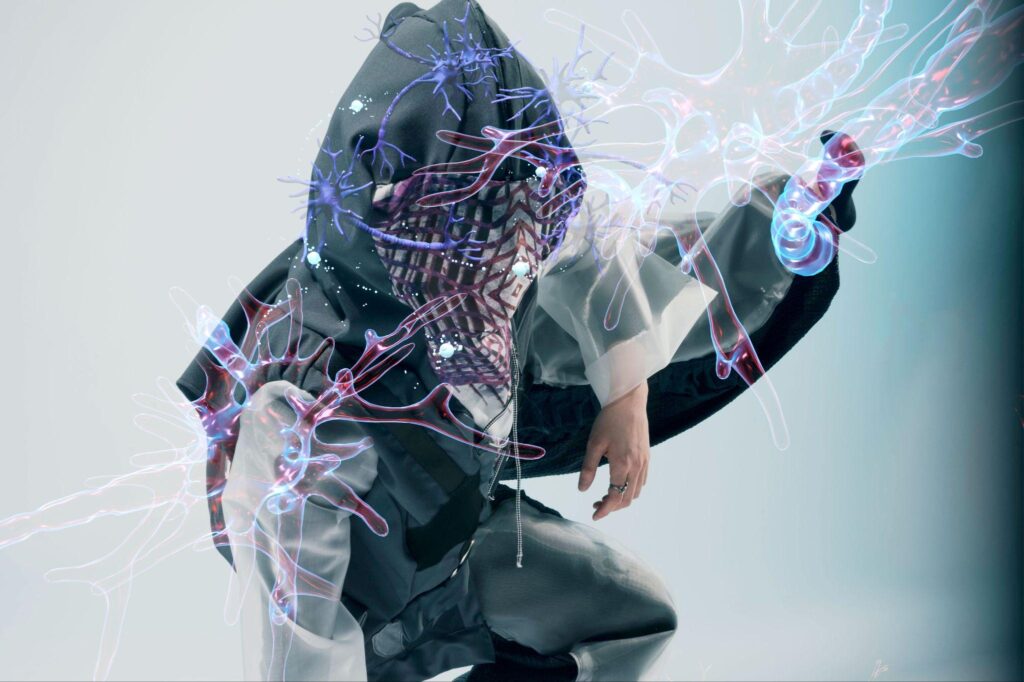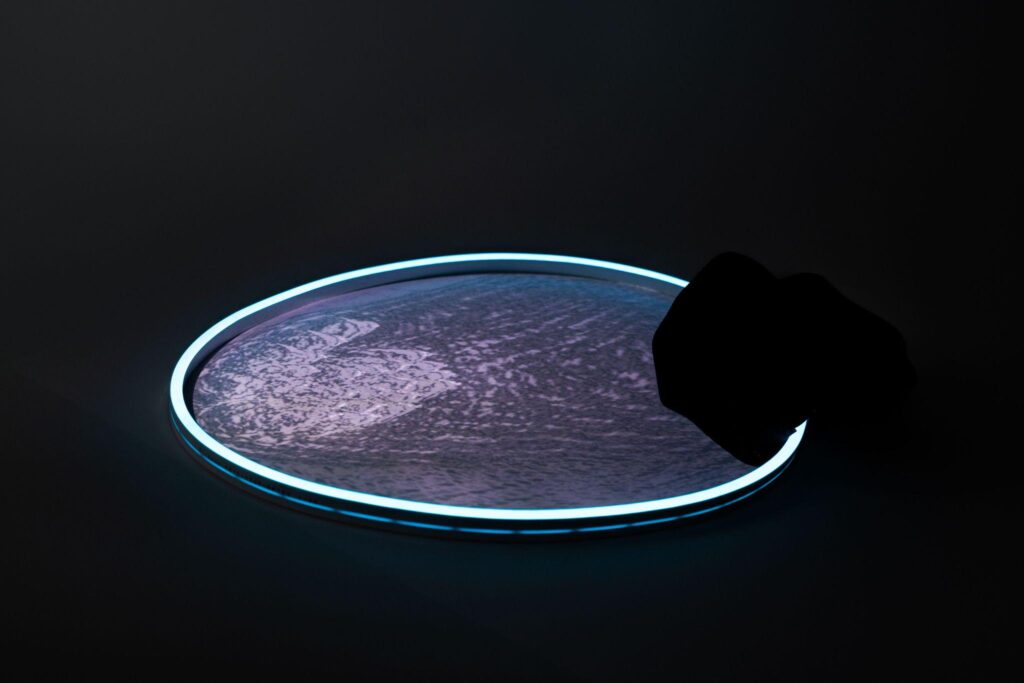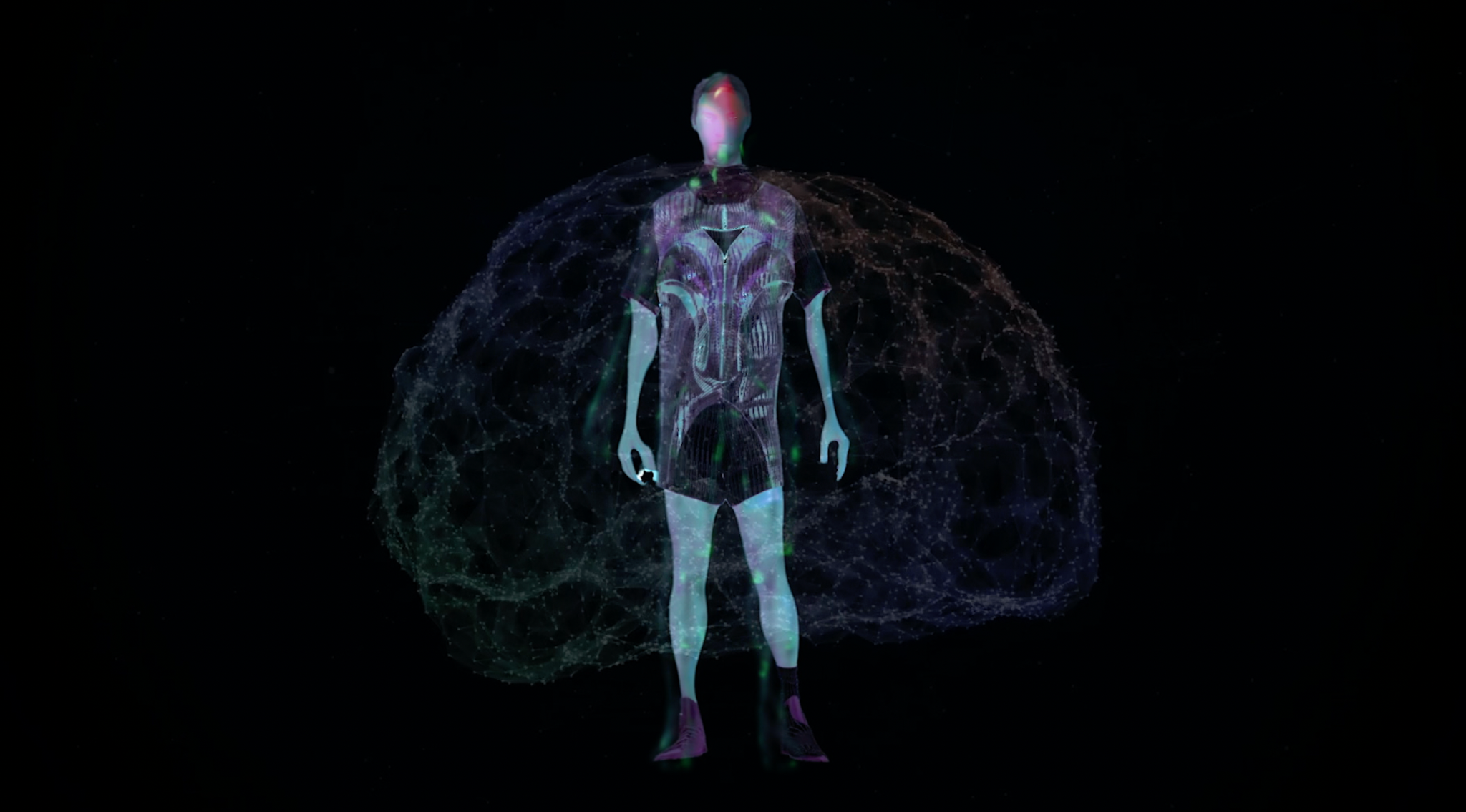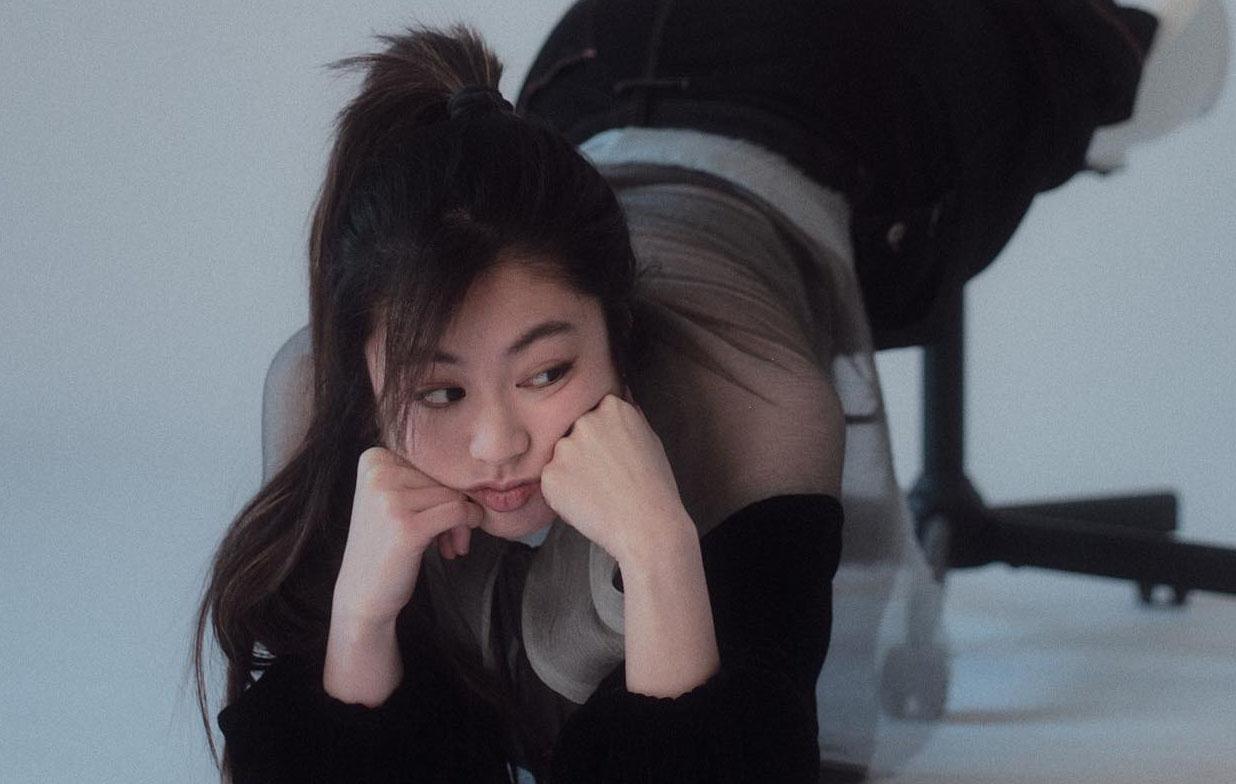The irony of art is that it will never change as a need, because the human mind needs creativity. At the same time, it will also keep changing to suit the needs of the human mind. This turbulent art scenario is where Yi-Han Chou, the artistic mind behind the recent show at ARTECHOUSE, thrives. “The integration of real-time sensor systems with interactive audiovisual elements isn’t just a technological advancement; rather, it’s creating a new language of emotional connection between creators and audiences,” Audrey says.
Yi-Han Chou, a dancer turned new media artist currently pursuing her master’s at NYU’s Interactive Telecommunication Program, crafts experiences that defy traditional categorization while resonating on a deep human level.
When Art Puts Together the Physical and Digital Worlds

The fashion and art industries are experiencing increasing convergence between physical and digital reality. According to recent industry analysis, nearly half (47.5 percent) of US online fashion shoppers report that their most recent purchases were influenced by social media. This digital transformation has created remarkable opportunities for creators.
“While many focus solely on the technology, I’m interested in the emotional resonance that comes out when we blend traditionally separate disciplines, such as contemporary dance, real-time visuals, and interactive spatial sound, into unified audience experiences,” Yi-han Chou explains. Her approach shows the growing movement of artists developing custom systems that shape live experiences for independent artists and creators.
This integration of physical and digital elements coincides with the current industry trends. By 2025, fashion technology will be dominated by AI for personalization, AR for virtual try-ons, and blockchain for transparency, creating more immersive and personalized consumer experiences across the fashion ecosystem. The integration ensures that the presence of the human element remains in the aesthetic, instead of simply delegating everything to what AI could produce.
Redefining Fashion Presentation Through Technology

Yi-Han Chou’s integration of real-time sensor systems with choreographed performances creates multisensory experiences that engage audiences on multiple levels. “My work integrates real-time sensor systems, as well as interactive audiovisual light systems into choreographed performances and installations,” Chou details. This illustrates the industry’s move toward experiential retail, where brands are creating immersive environments that blend physical and digital elements.
The fashion industry is increasingly embracing these immersive technologies, with virtual fashion shows and digital prototyping becoming standard practice. These developments not only enhance designers’ creative possibilities but also address sustainability concerns by reducing the need for physical samples and international travel. With more and more industries putting a considerable focus on the implementation of sustainability, this is practically an act of compliance already integrated into the work, thus removing the need to adjust later on.
Immersive Fashion Experiences Moving Forward

As the latter half of the decade approaches, the fusion of fashion and digital identity, which encompasses digital avatars, virtual clothing, and immersive experiences, is slowly becoming a significant phenomenon. This changes how the public experiences and interacts with fashion.
“Through my prototypes and performances, I’ve contributed to expanding expectations of what emerging choreographers and artists can integrate into their work,” says Chou. Her approach offers scalable, artist-driven models for real-time interactivity that give an advantage to small and mid-sized productions, which is a rarity in the current atmosphere of “unimaginative design and sense,” as stated by many art and design critics of today.
Yi-Han Chou adds, “Fashion is no longer just what we wear; it is how we experience, interact with, and shape the world around us. Technology is making this journey more personalized, immersive, and sustainable than ever before.”

